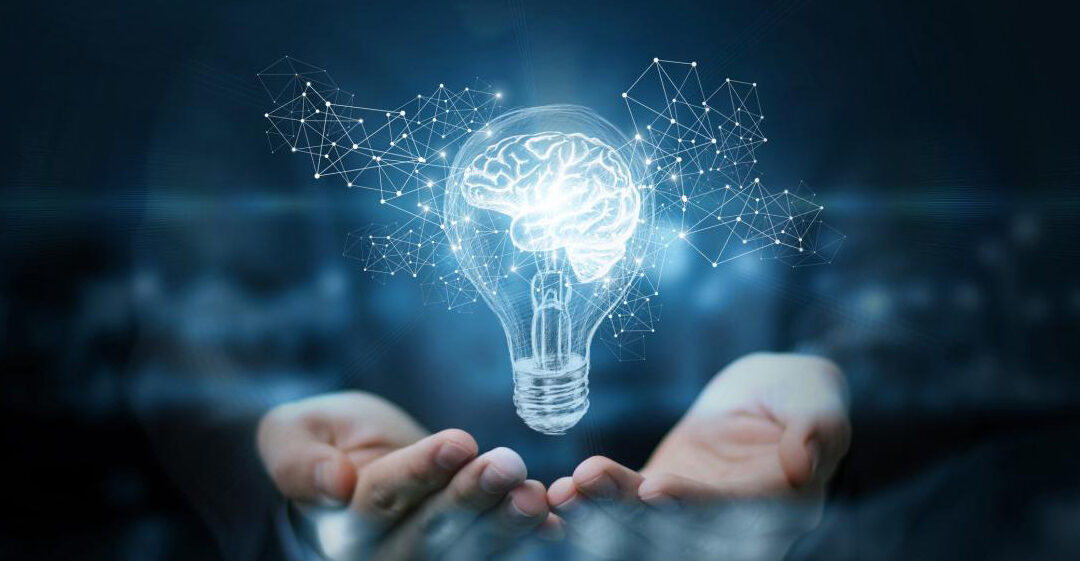Alternatives to Drugs in the Treatment of Depression
It’s estimated that around 30 percent of people with depression don’t respond to typical antidepressants. This is known as treatment-resistant depression. An important alternative which can be life-changing is brain stimulation therapy.
Brain stimulation therapy involves the application of [electric] energy over specific brain regions to modulate the function of neural circuits. This can help alleviate symptoms of depression or other mental illnesses that aren’t responding to typical treatments, such as bipolar disorder. There are five main types of brain stimulation therapies used to treat mental illness: electroconvulsive therapy, vagus nerve stimulation, deep brain stimulation, repetitive transcranial magnetic stimulation, and magnetic seizure therapy. Let’s explore vagus nerve stimulation(VNS) and Deep brain stimulation (DBS).
Vagus Nerve Stimulation (VNS)
Vagus nerve stimulation was initially developed as a treatment for the seizure disorder epilepsy, and in a happy accident, scientists discovered that it could help with depression as well. The FDA approved VNS for treatment-resistant depression in 2005.
If you’re getting this kind of therapy, doctors will surgically implant a tool called a pulse generator into the upper left portion of your chest. An electrical wire connects the pulse generator to your vagus nerve, which runs from your brain through your neck and into your chest and abdomen. From its command center in your chest, the pulse generator will send bursts of electric currents to your brain every couple of minutes. Pulse generators typically work for around 10 years before they need to be replaced.
It appears as though VNS can improve issues like severe depression by changing levels of neurotransmitters in your brain including serotonin, norepinephrine, GABA, and glutamate. A 2018 study published in The Journal of Clinical Psychiatry analyzed quality of life reports from 599 people with treatment-resistant depression, finding that those who combined VNS with other antidepressant treatments experienced significant improvements in their quality of life, even if their symptoms didn’t disappear completely. That points to an important fact about VNS: anyone receiving it will need to continue their other treatments (like taking antidepressants). Even so, it can take months to see a difference when using VNS, and the device could shift or malfunction, which may require more surgery.
VNS is not a surefire fix. Some people’s conditions get worse after they try it, not better.
Deep Brain Stimulation (DBS)
This started as a treatment for Parkinson’s disease, according to the American Association of Neurological Surgeons. Then doctors realized it shows promise for easing depression and obsessive compulsive disorder, too. FDA approved deep brain stimulation for obsessive compulsive disorder, but not yet for depression.
Like VNS, deep brain stimulation uses pulse generators in the chest to send electrical pulses to the brain. Unlike VNS, which delivers stimulation in bursts, DBS involves more continuous stimulation but you should be able to customize the exact frequency with your doctor’s help.
The Problem
Both Deep brain stimulation and Vagus nerve stimulation describe costly and intrusive procedure involving an implant.
The Solution
There is another non –intrusive, non-invasive and way to target the vague nerve: cranial electrotherapy stimulation using CES devices. CES devices can achieve good result at fraction of the cost; and there is no need for an implant.CES therapy is simple and easy. Pre-gelled electrodes are placed in such a manner as to directly The compact size and ear clip electrodes makes it easy to use just about anywhere and under a variety of circumstances. You can your portable CES unit at home while watching TV, doing the dishes, walking, studying, at the office while poring over a report, etc. You can do so safely, with no serious negative side-effects and at a fraction of the cost and none of the risks of a major operation.
re: > https://www.self.com/story/brain-stimulation-therapies

